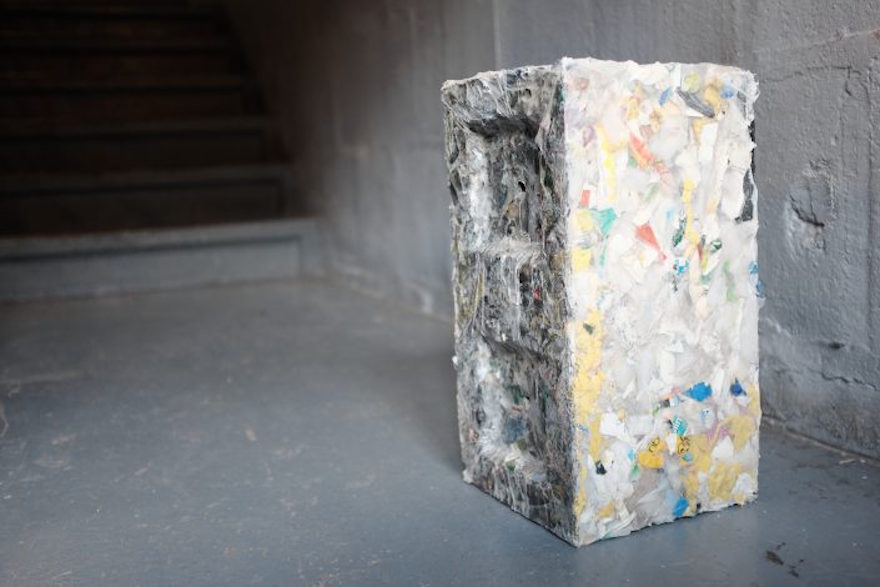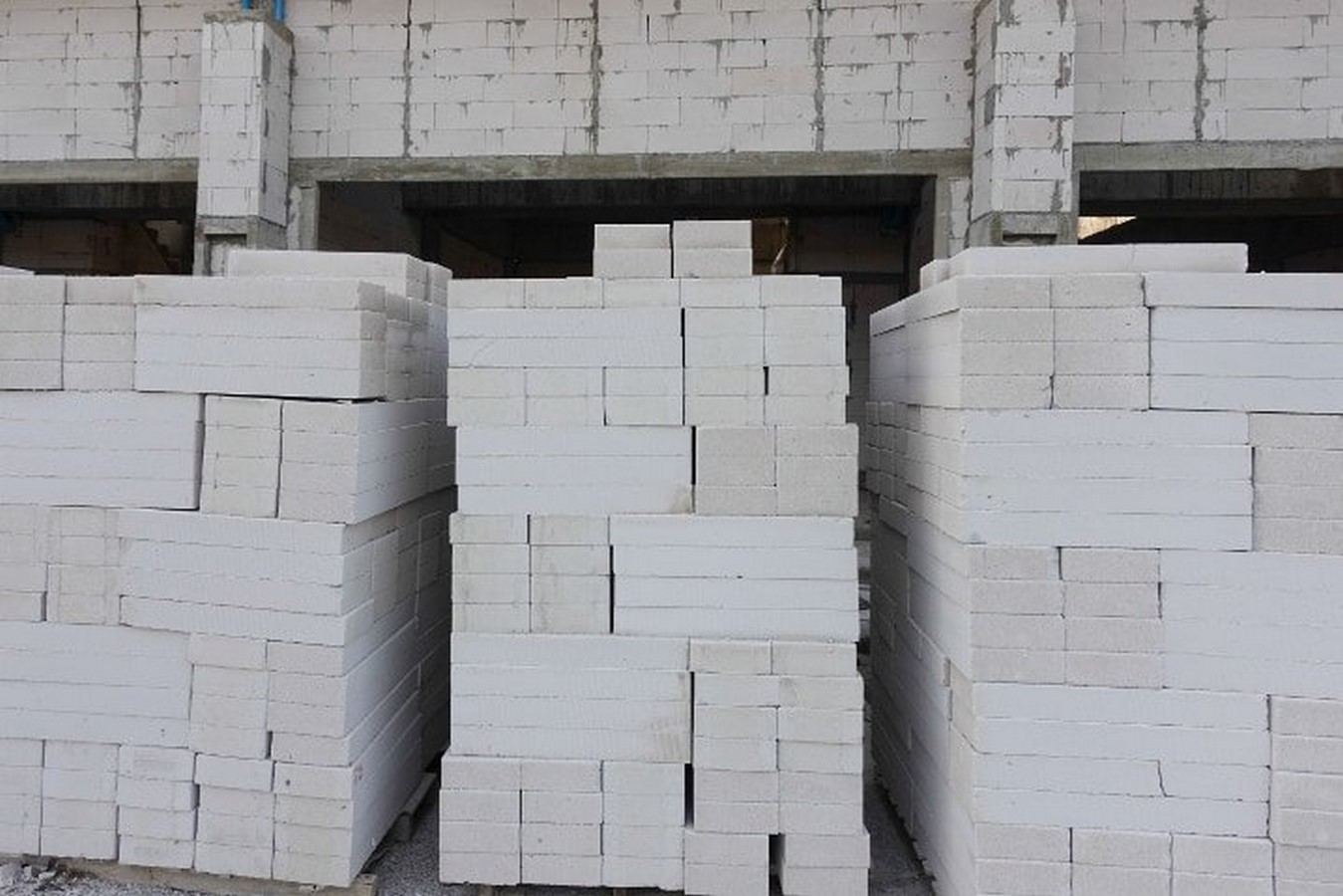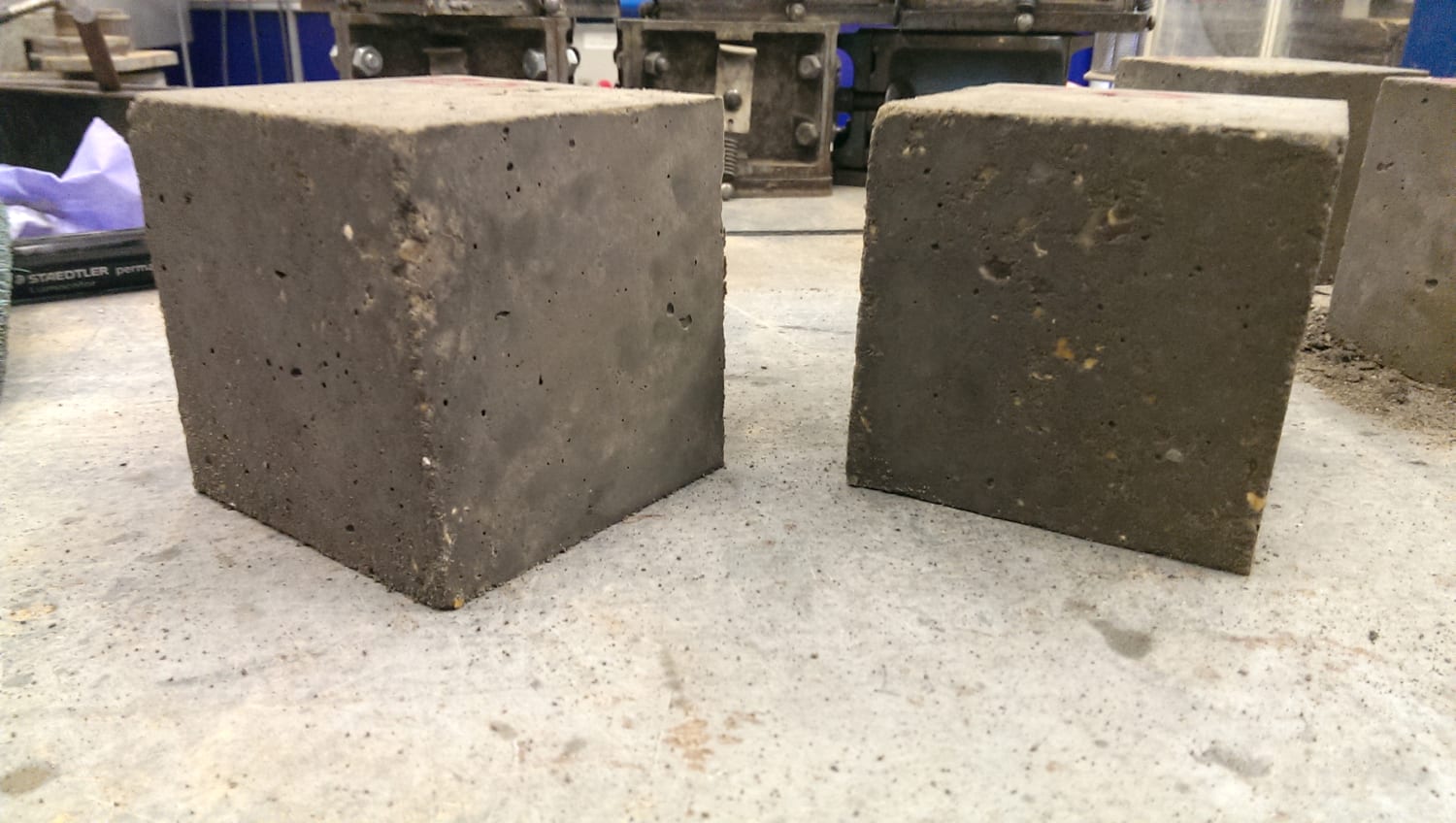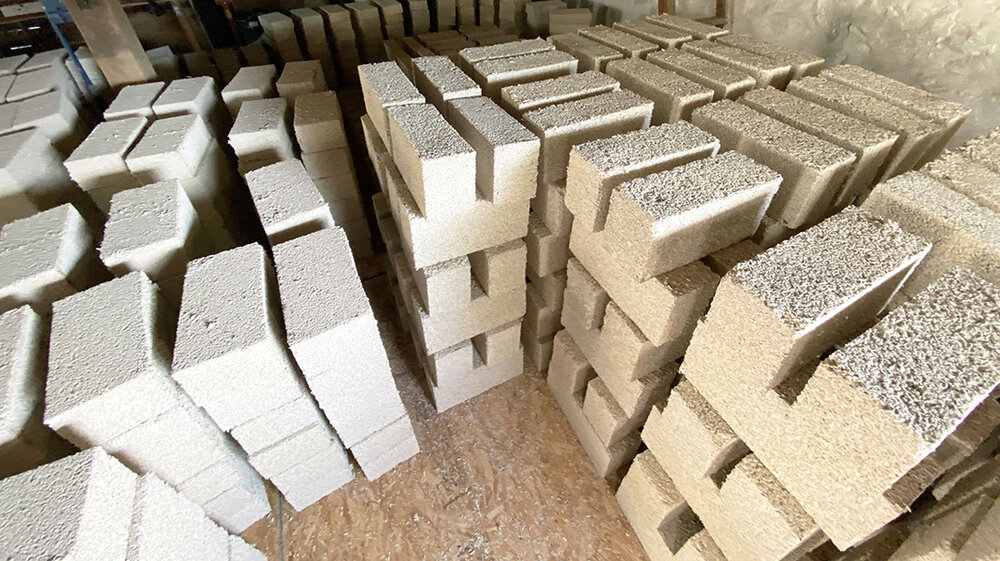9 CONCRETE ALTERNATIVES THAT ARE ADOPTED IN MODERN CONSTRUCTION
As we know, concrete is one of the excellent building materials used in construction due to factors like strength, workability, and its ability to set, hardness at a normal room temperature. Researchers still trying to get suitable concrete alternatives at a lower cost.
The concrete possesses excellent characteristics that help it adapt irrespective of weather conditions by optimizing it with admixtures. Various studies show 90% of the construction industry uses concrete as the primary construction material while constructing buildings, bridges, and apartments. The concrete is then combined with steel to achieve greater strength.
Modern innovation has been finding new concrete alternatives because concrete is durable, versatile but still the main contributor to the emission of greenhouse gases. So below, we have discussed some of the concrete alternatives that can be ace the sustainability overs concrete, which has a less environmental impact.

CONCRETE ALTERNATIVES FOR CONSTRUCTION
1. RECYCLED PLASTIC
Plastic is the most concerned material that significantly impacts the environment as they are non-biodegradable. It is essential to know that only 9% of the total plastic produced can be recycled. So, innovations suggest using recyclable plastic in facades of buildings or other structures. Using recycled plastic in construction is a great way to achieve fewer greenhouse gases effect while unclogging the plastic-filled landfills.
The recycled plastic can substitute 20% of aggregate in concrete; concrete blocks filled with recycled plastic are much lighter when compared to conventional concrete blocks. Using these blocks in small-scale construction is recommended while not suitable in taller structures.

Some advantages of using recycled plastic as concrete alternatives include that recycled plastic is highly versatile and can be resistant to impact, water, and chemicals.
Concrete production using recycled plastic requires less cost, and it has excellent electrical insulation and thermal properties. While the disadvantage is that plastic has a low melting point.
2. ASHCRETE
The main component in ashcrete is Fly Ash, which is a by-product of coal combustion, which is used to be discarded in the ground. Still, innovations lead this material to have a significant role to play in the green concrete manufacturing process.

Ashcrete is a concrete alternative used in modern construction to reduce the greenhouse effect, and it is also said that 25% of cement can be replaced using high-volume fly ash. To make ashcrete similar to conventional cement, fly ash is mixed with water and lime to make it stronger and durable. Another advantage of using fly ash is that it makes concrete restraint to alkali-silica reactivity.
3. GREEN CONCRETE
Green concrete is an eco-friendly concrete manufactured using different waste materials or any other residual materials from different industries. The manufacturing process of green concrete consumes less amount of energy when compared to conventional concrete.

The carbon emission from the production is comparatively less, and it is an economical and durable concrete alternative. The main aim of using these concrete alternatives like green concrete, ashcrete, etc., is to reduce the dependency on natural resources and increase the dependency on recyclable materials. Following this would achieve great sustainability and eco-friendly concrete.
4. BLAST FURNACE SLAG
Blast furnace slag is a by-product produced and used as a concrete alternative in construction, and it is an environmentally friendly material that would impact less greenhouse gas effect.
This blast furnace slag comes in the form of glassy granular material produced by quenching molten iron slag from the blast furnace into steam or water.
This concrete alternative can replace 70-80% of cement and improve the durability and strength of concrete. During the blast furnace slag, the production process emits less hydration or heat.
5. PAPERCRETE OR FIBROUS CONCRETE
Papercrete is a concrete alternative made by recycling the waste paper and used as an aggregate material in concrete. The cement is not entirely replaced by papercrete in the concrete mixture.
But some small quantities of papercrete are enough to combat some harmful effects during concrete production. Papercrete is considered to be one of the cheap or economic concrete alternatives.

The workability of this concrete alternative material is good enough; it can be molded into different shapes. The concrete blocks made from papercrete are lightweight.
Along with the advantages, there are some disadvantages of papercrete. The damp resistance of paper is low and has less compressive strength than traditional concrete.
6. BAMBOO
In many countries, Bamboo has replaced steel, has modern innovation comes with new ideas regarding concrete alternatives.Bamboo is considered one of the best concrete alternatives as they possess characteristics like tensile strength, lightweight, and fast-growing renewable nature.
Bamboo is mainly used in framing buildings and shelters, as these are locally available building materials and cost very little compared to conventional materials.
7. GLASSCRETE
In galsscrete, glass substitutes fine aggregates in the concrete mixture, and the glass is broken into small pieces. The concrete mix of glasscrete includes cement, coarse aggregate, and glass aggregate components.
Concrete with broken glass has better workability than concrete with natural sand. Using glass can increase the durability and efficiency of the concrete.
8. HEMPCRETE
Hempcrete is made by using the woody inner fiber of the hemp plant. The manufacturing process of hempcrete involves bounding hemp fibers with lime to crate concrete-like shapes that are lighter and stronger.

Some advantages of hempcrete are that they are super lightweight, and hemp is a renewable resource as they are grown continuously.
9. Micro Silica
Micro silica is the by-product of ferrosilicon alloy and silicon production and from the condensation of silicon dioxide, which comes as an ultra-fine powder. Micro silica is also known as Silica Fumes.
Micro silica has a great advantage; when added to the concrete mixture, they increase the durability of concrete by making concrete less porous and increasing its compressive strength.
This type of concrete alternative is most often used in structures that are exposed to harsh conditions like exposure to chemicals when compared to conventional concrete. This type of concrete is less harmful to the environment, thus making it an eco-friendly material.
We hope you have found this blog informative and helpful. Feel free to share your comments and feedback with us on hr@vvjkbuilders.com. We love it when our readers interact with us.